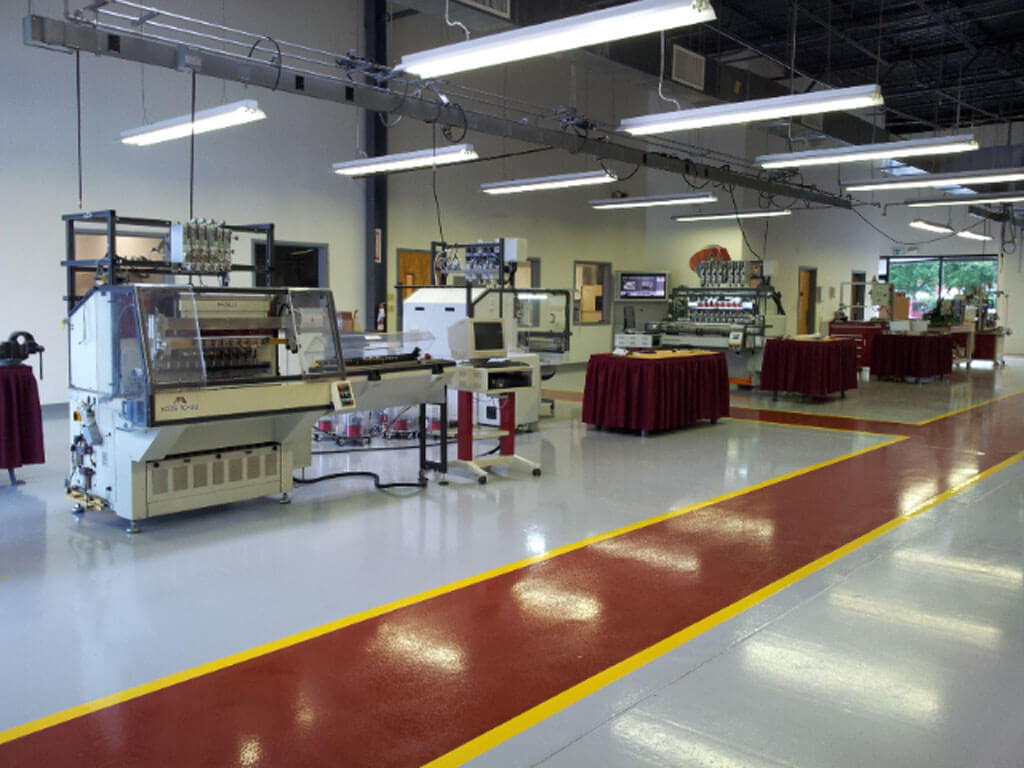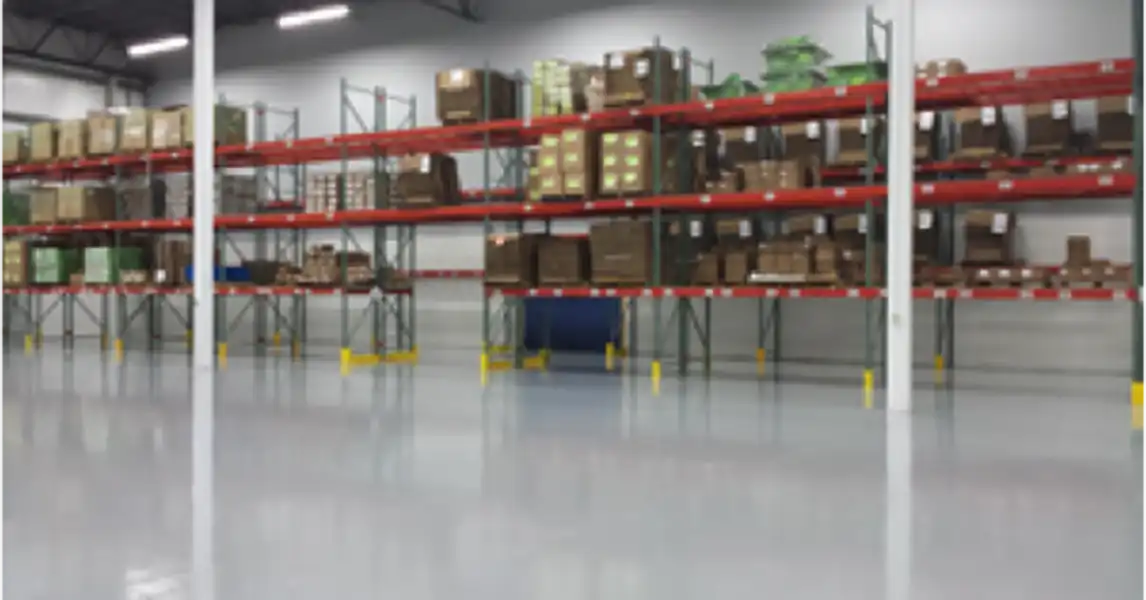This past weekend, I was out in Pittsburgh to see the Steelers play the Dolphins. It was COLD! There sure are a lot of people willing to brave frigid temperatures and snow to support their beloved Iron Curtain. Unfortunately the Steelers lost in a pretty close game.
 When we were walking into the stadium, one member of our group asked me why they had coated all the concrete in the Heinz Field stadium (now known as Acrisure Stadium as of 2023). It got me thinking that most people generally think of concrete coatings as a decorative finish, and not necessarily much about their protective properties.
When we were walking into the stadium, one member of our group asked me why they had coated all the concrete in the Heinz Field stadium (now known as Acrisure Stadium as of 2023). It got me thinking that most people generally think of concrete coatings as a decorative finish, and not necessarily much about their protective properties.
Why Protect Concrete with Coatings?
Let me point out some of the things that would happen to the concrete decking and stadium floors at Heinz Field if they weren't protected by polymer coatings:
- Wear & tear from foot, vehicle, and fork truck traffic would cause high traffic lanes to break down faster than the rest of the concrete floors and decks.
- Wear & tear from repeated, aggressive cleaning would wear away the top of the concrete and speed up (snowball effect) the further break down of the surface.
- Chemical attack from the acidic nature of rain water, cleaners, and spilled drinks would eat at the concrete.
- Water infiltration into cracks and other joints would create problems with rebar corrosion, causing water to drip onto the heads of those in the level below.
So, while aesthetics often play a role in coatings selection, the protective capabilities of the concrete coatings may be paramount in commercial floor coatings installations.

Solid color epoxy coatings on a production floor in Owings Mills, MD.
I often talk about how concrete coatings encompass more than just epoxies. They can have a lot of different properties. While I don’t know what exact chemical system was installed at Heinz Field, I can make some guesses about what was important when the coatings were selected:
- Texture – These coatings needed to help stadium visitors to be able to safely walk or wheelchair up and down the many levels.
- Cleanable – The coatings had to be easy to scrub with the walk-behind or ride-on scrubbers. Check out 10 Cleaning Tips for Commercial Epoxy Floors for more information on keeping commercial coatings clean.
- Abrasion Resistant – Able to withstand the millions of dirty feet and years of wheel traffic.
- Chemically Resistant – Don’t discount the acidic nature of the beverages (soda, coffee, beer) and cleaners. Spills can add up over time and eat away at concrete.
- UV Resistant – These coatings get natural and artificial light on them. They must be able to have resistance against UV exposure.
- Rejuvenable – These coatings needed to be thick enough so that they can someday be prepared for a coatings refresh (or facelift).
 The coatings that were present at Heinz Field could have been epoxies, urethanes, or polyureas. There's a good chance that the system was made up of a combination of those technologies.
The coatings that were present at Heinz Field could have been epoxies, urethanes, or polyureas. There's a good chance that the system was made up of a combination of those technologies.
Of course, the follow-up question asked by members of our football party was “Why haven’t you done stadium coatings yet?” Maybe we will someday, but I’m not sure STRONGHOLD FLOORS is ready for that yet!
This blog was updated on 11/10/2023.
Mike Mincemoyer is the President of STRONGHOLD FLOORS and one member of the ownership team. Mike has been actively involved since the beginning in 2004. While only an avid football fan, he makes sure to irritate Gary Utter (General Manager and vehement Ravens fan) whenever possible.
While STRONGHOLD FLOORS has not coated a stadium’s concrete decking or floors, the company has coated warehouses, production floors, service bays, animal hospitals, kennels, dairies, kitchens, and much more.







